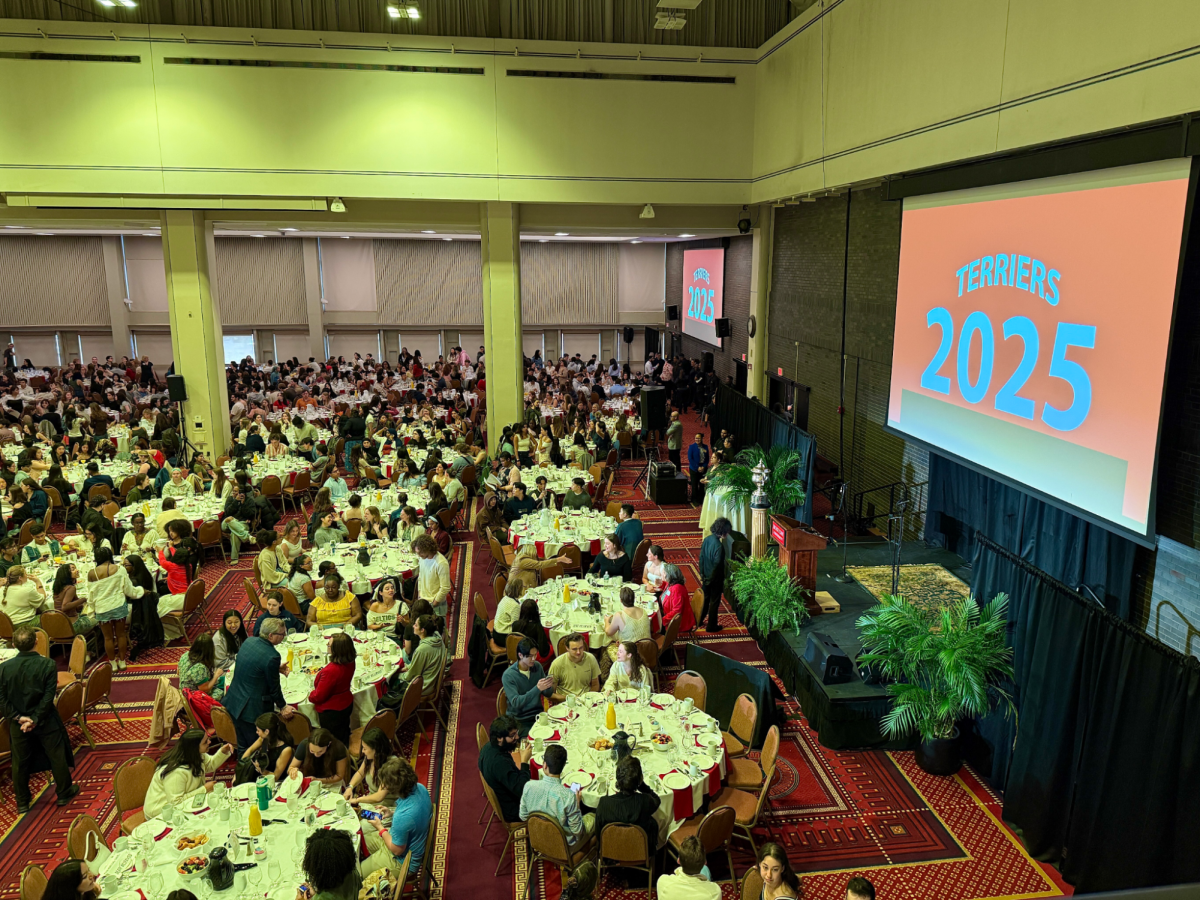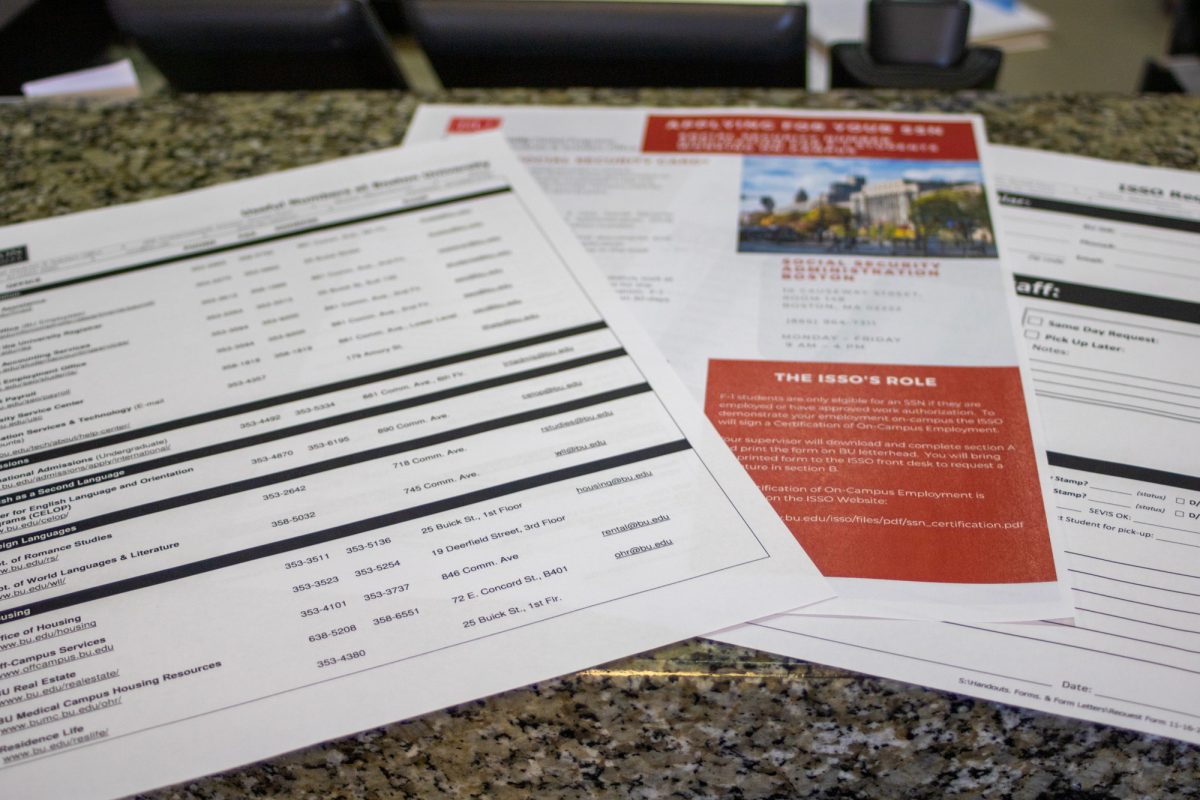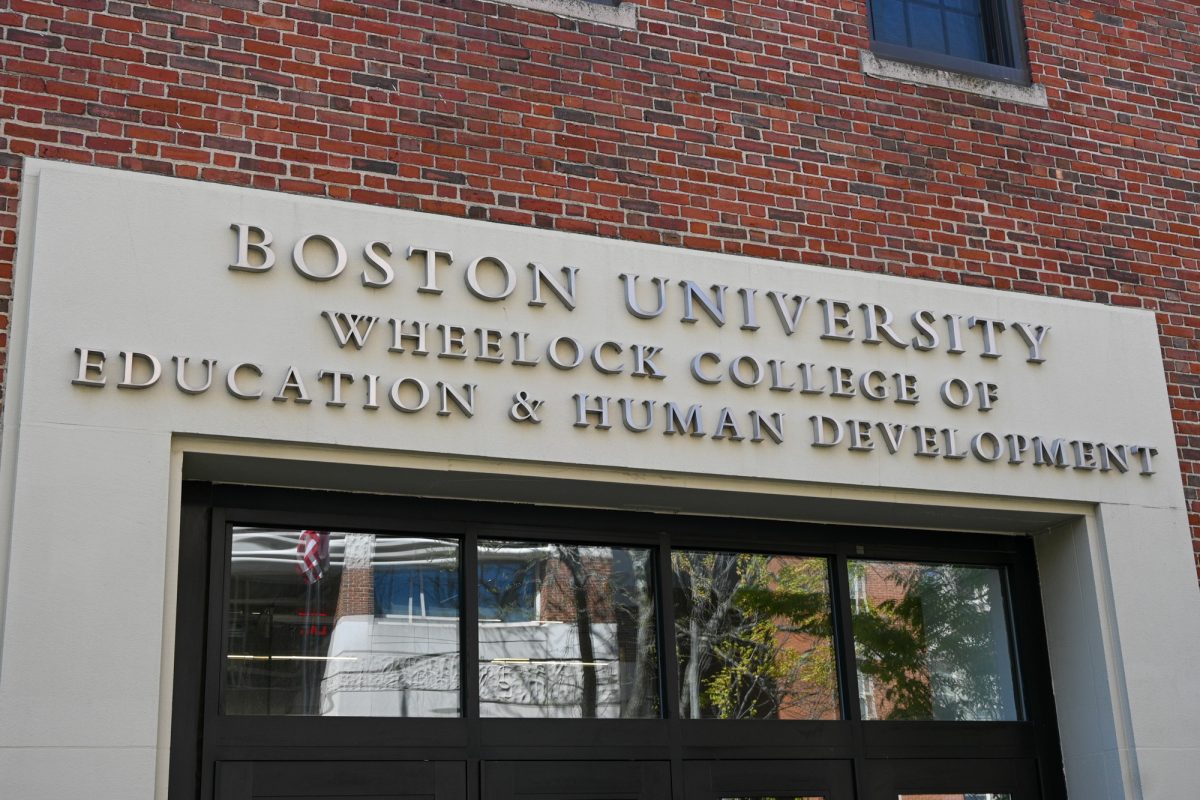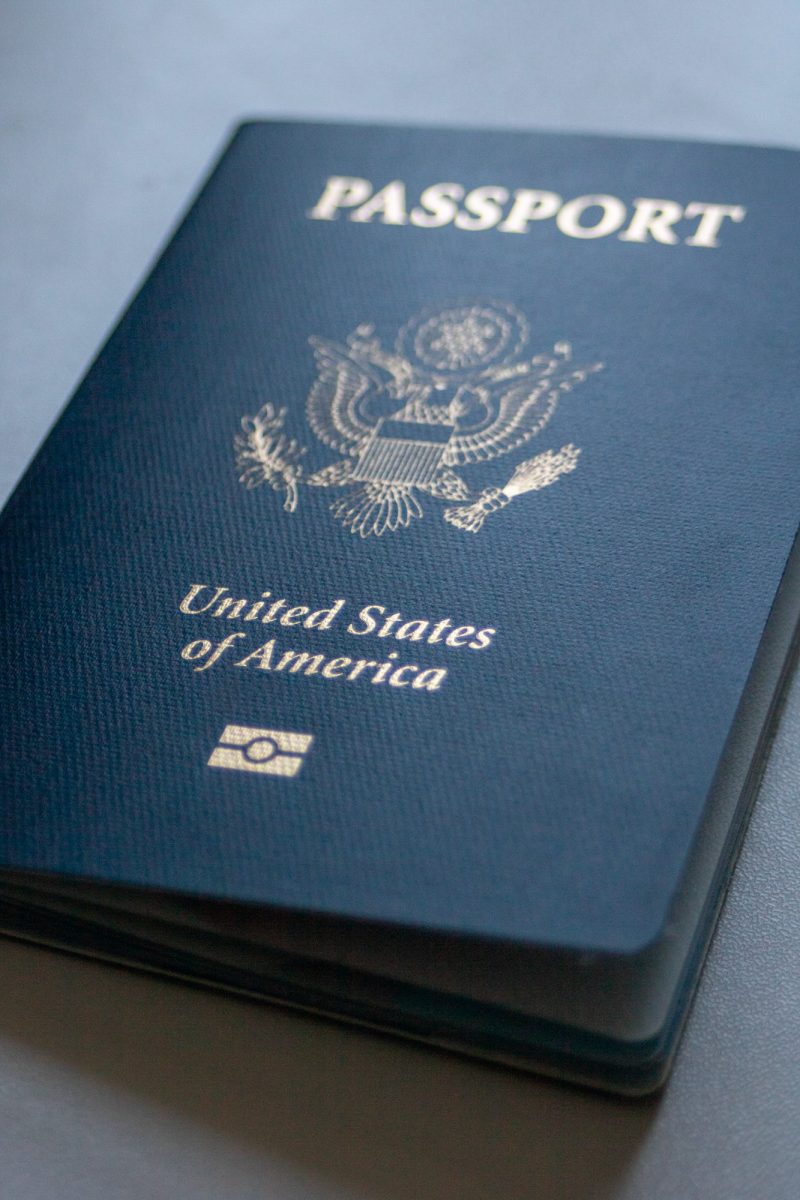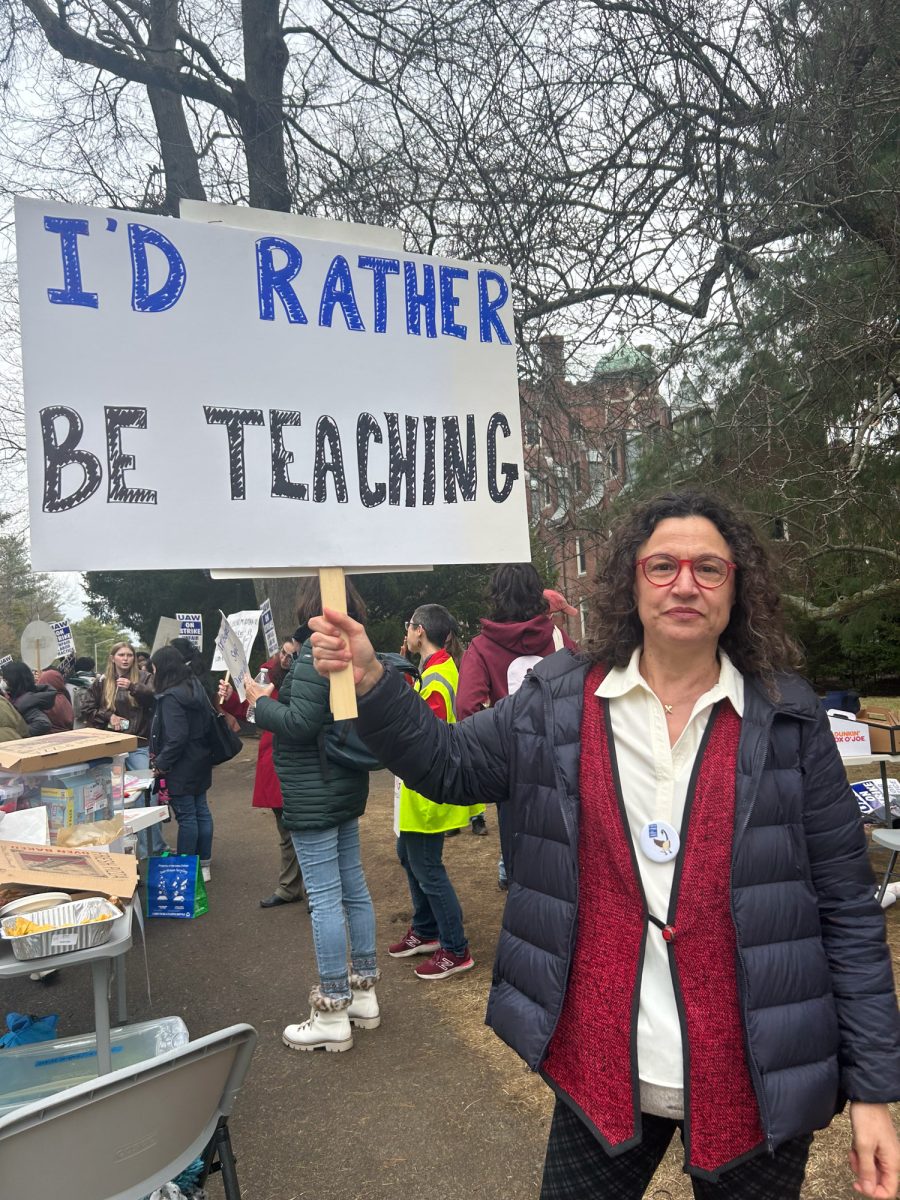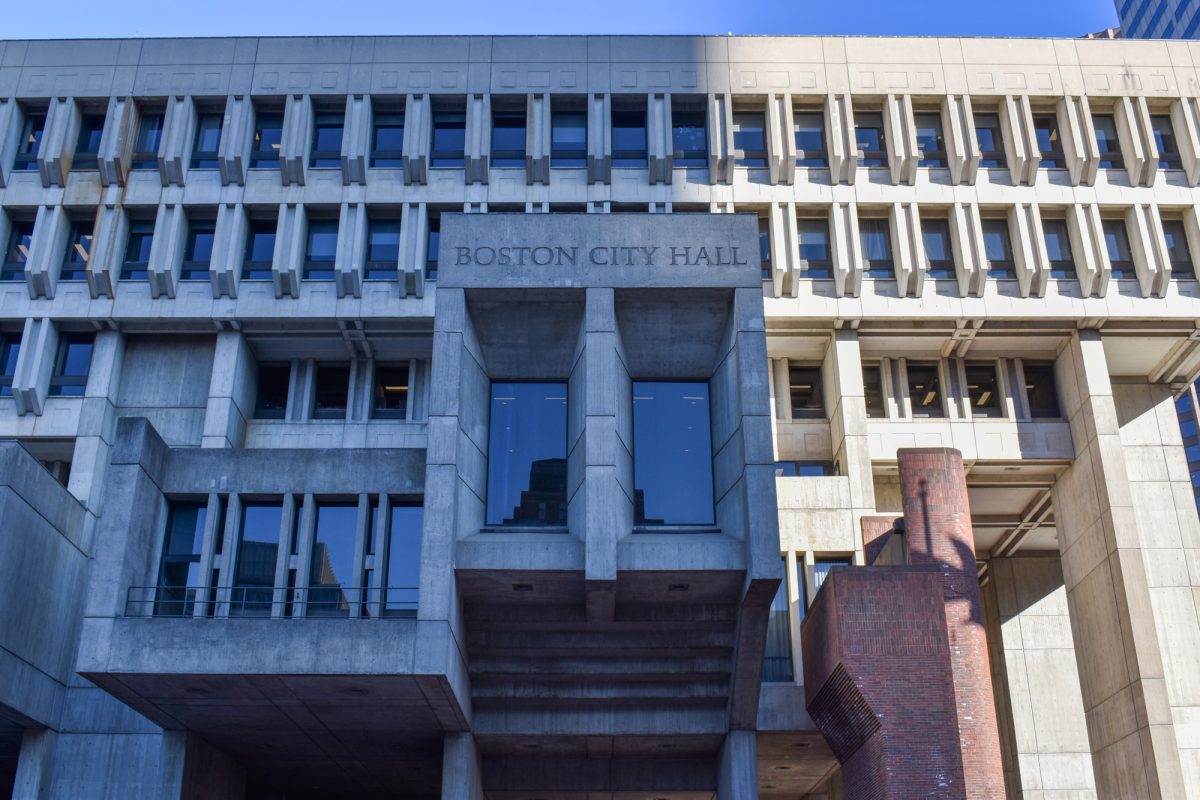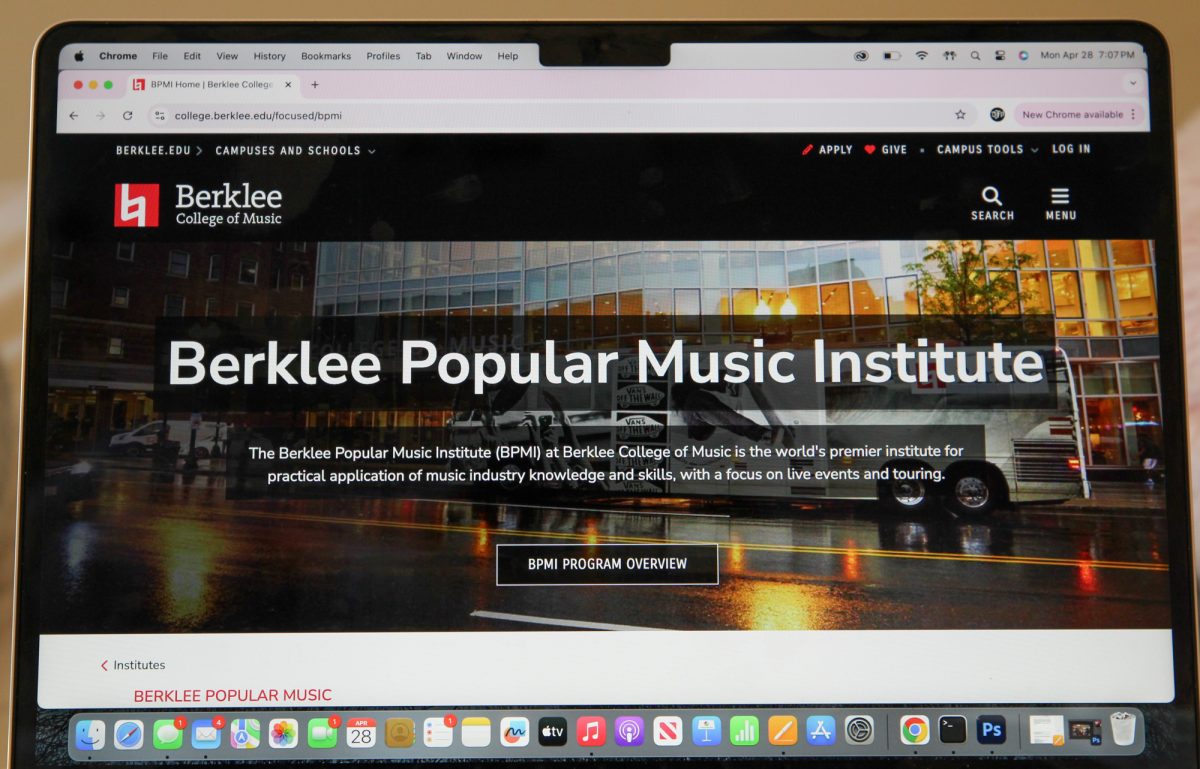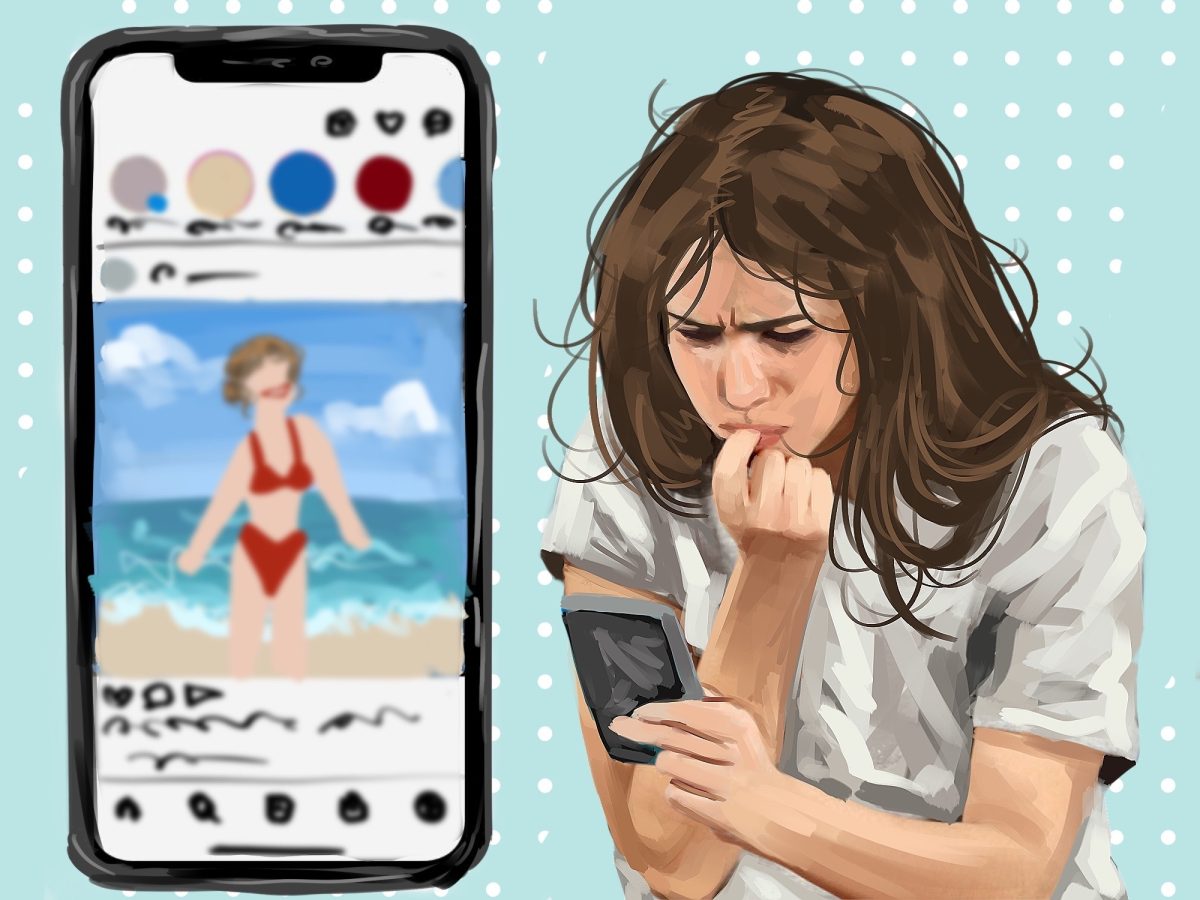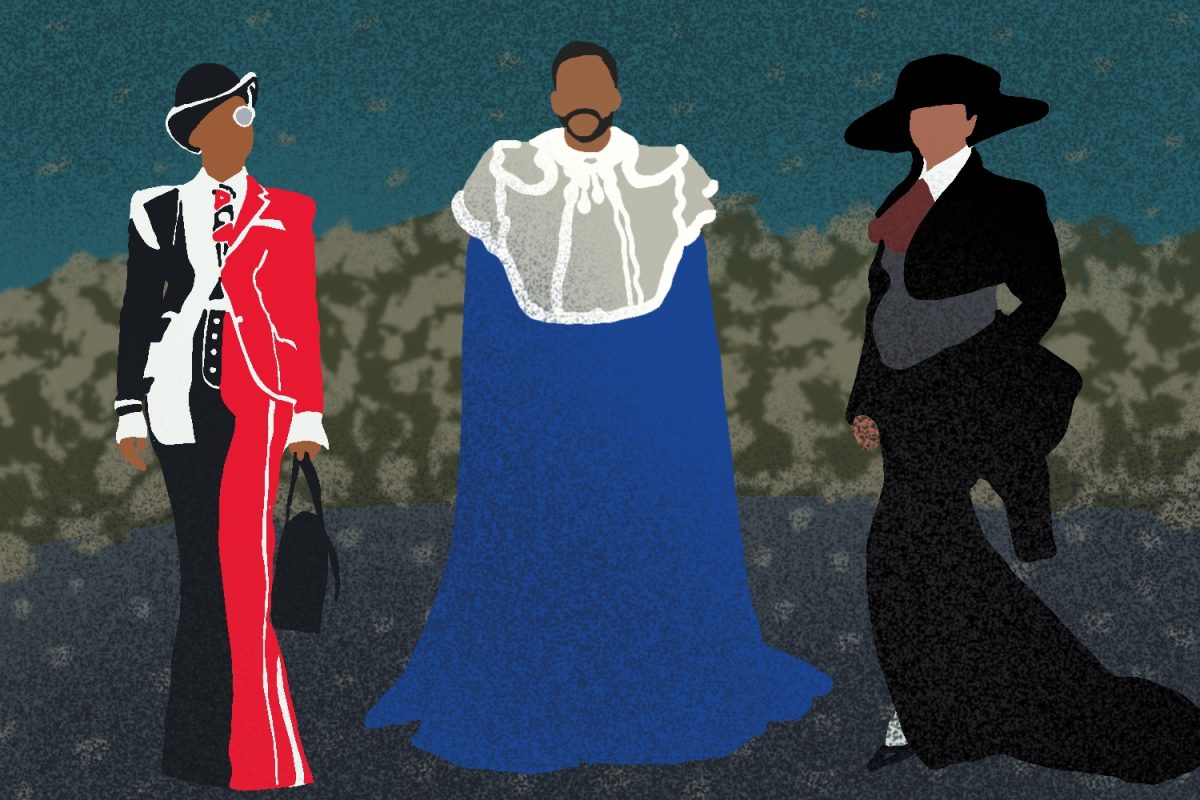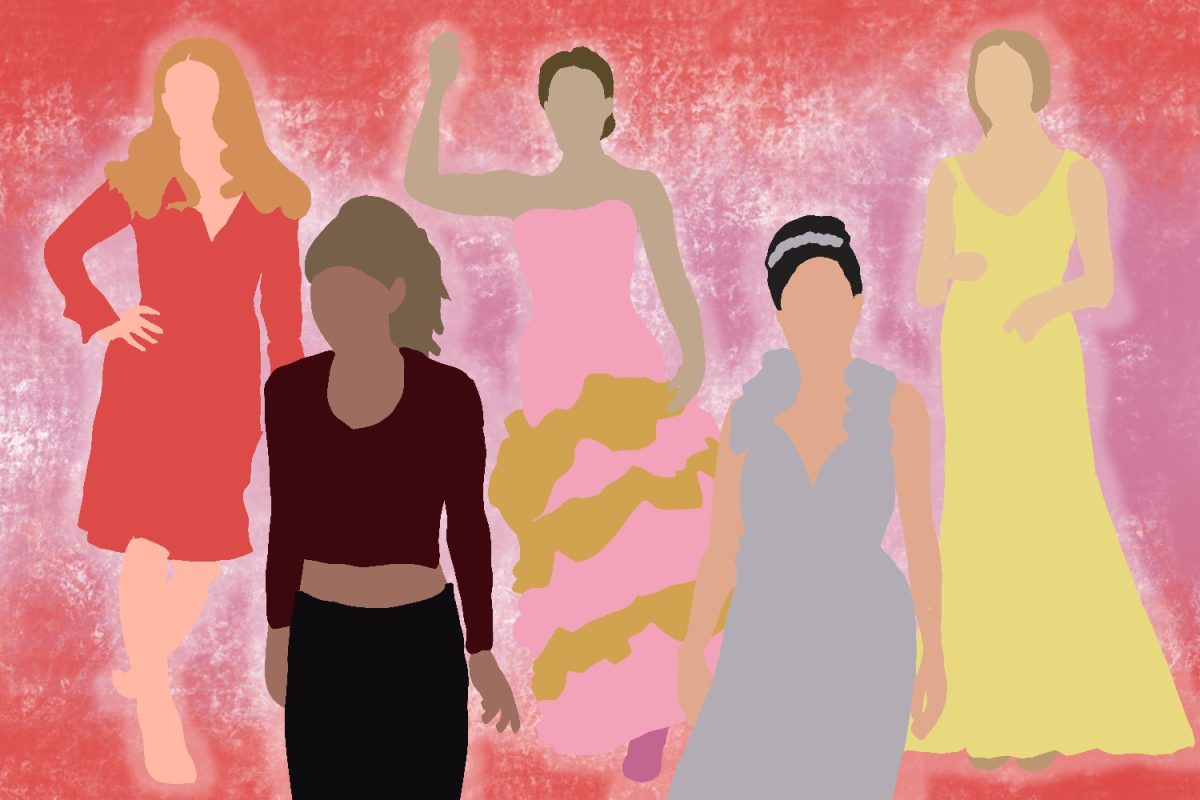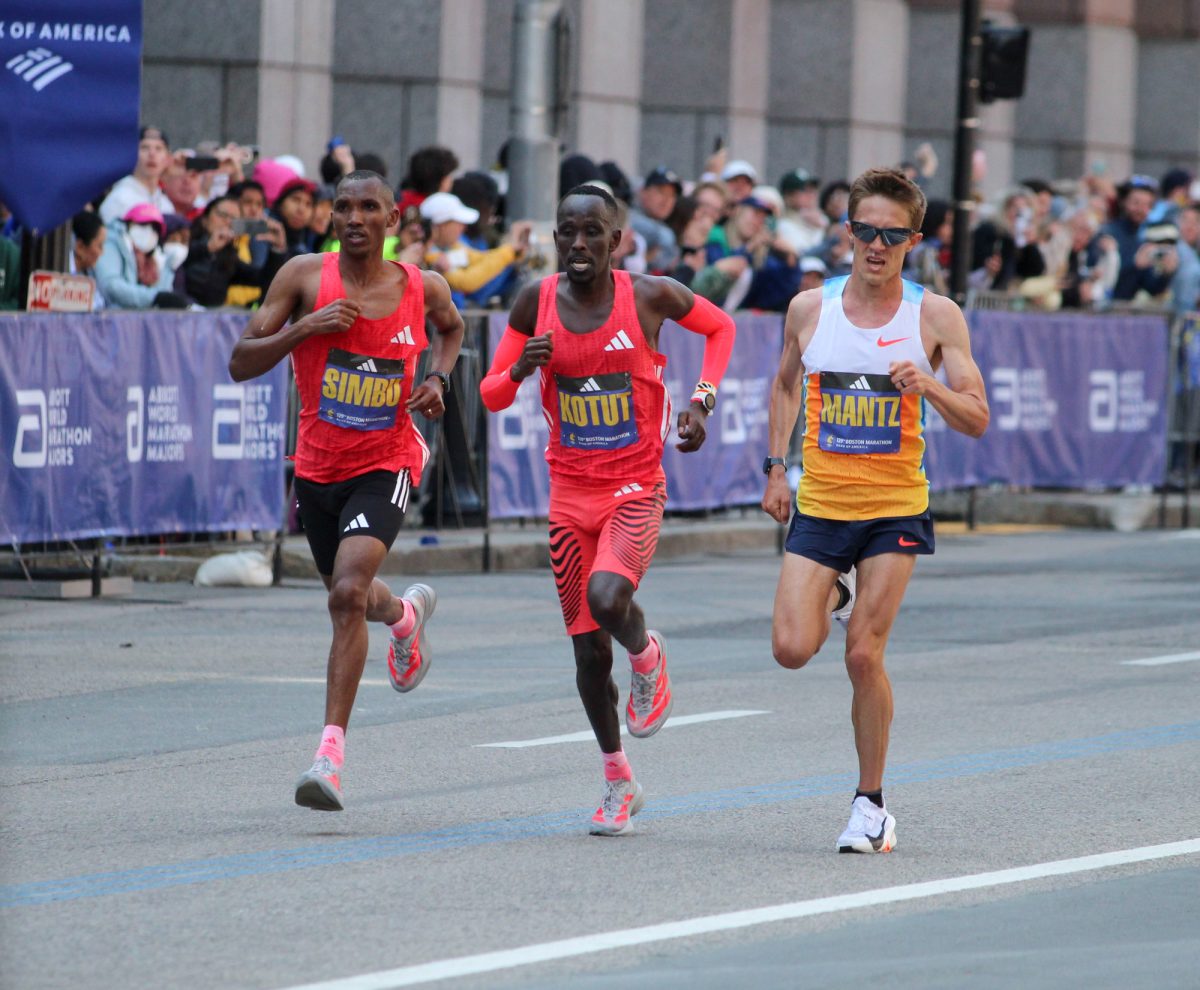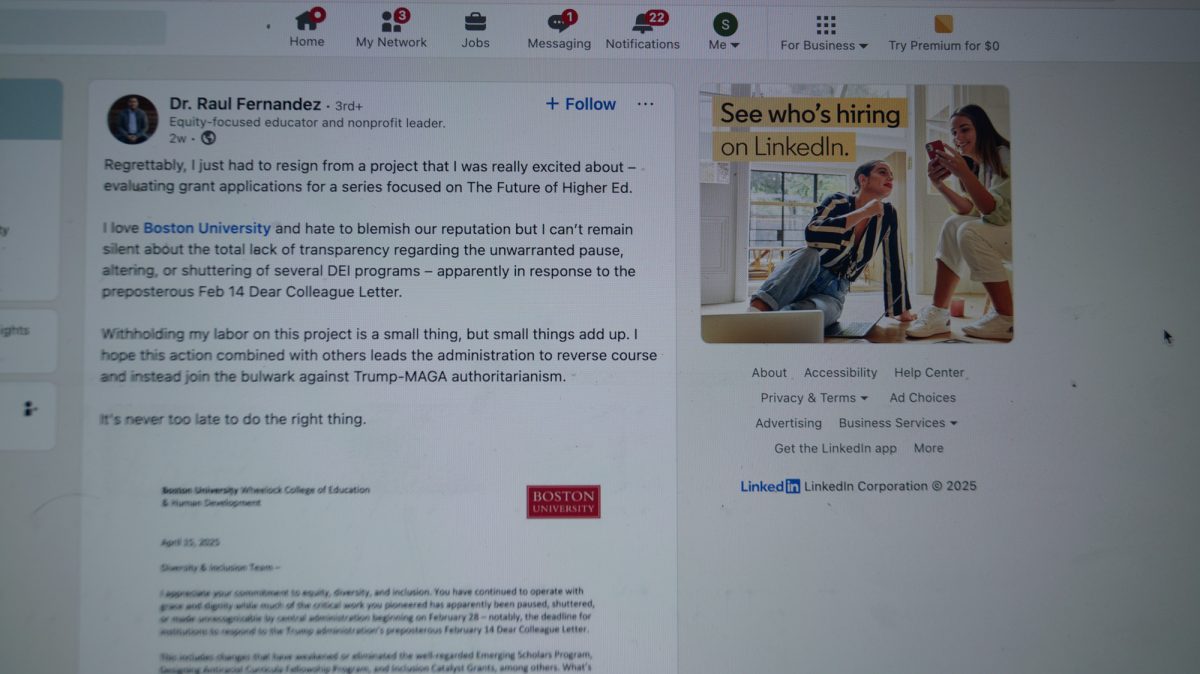When School of Management senior Mike Twombly was strapped for cash during his freshman year, he let researchers at the Sargent School of Health and Rehabilitation Sciences remove slices of muscle from his thigh.
As part of a study on how exercise affects muscle tissue, Twombly worked out in a laboratory three times a week and underwent blood tests and three muscle biopsies, which involved taking pieces of muscle from incisions in his thigh.
His compensation? $400 for six weeks of research.
While human research studies often give college students an opportunity to make a quick $100 or so, they also help advance medical science and sometimes provide an avenue of hope for patients with no other treatment options.
THE PROCESS
Nearly every research institution in Boston, including Boston and Harvard universities, recruits human volunteers, and Massachusetts General Hospital and Brigham and Women’s Hospital maintain a comprehensive volunteer registry of about 2,000 volunteers and an online database of 186 ongoing studies.
The Research Subjects Volunteer Program, or RSVP for Health, began in July 2003 as an effort to recruit volunteers, especially because many Boston area college students showed interest in participating, said Kay Ryan, the director of clinical research operations at MGH.
Though Brigham and Women’s and MGH conduct studies on “just about everything across the board,” Ryan said their mental illness program – which includes studies on anxiety, depression and attention deficit disorder – is especially active and well-funded.
MGH also has a popular program for those trying to quit smoking, Brigham and Women’s is known for its pulmonary asthma research and both hospitals have large diabetes research programs, as well as studies on arthritis and Alzheimer’s disease, Ryan said.
Patients who want to stop smoking or try experimental medications sometimes participate in research studies to treat their health problems, but Ryan said the hospitals also need healthy volunteers.
For example, a study on Parkinson’s disease, which usually strikes people over 45, would require healthy volunteers over 45 to act as a control to compare with the others.
“If we’re trying to find genes and trying to assess the impact of the disease, we need a healthy person in the same age range,” she said.
Ryan said researchers must follow strict regulations when using human subjects to ensure they remain safe and understand the full ramifications of participating.
“They must tell a person that this is research – it’s not clinical care, it’s not a treatment,” Ryan said.
Participants must also know the study’s purpose, the amount of time involved and potential side effects.
THE PAYMENT
Payments for studies vary, with compensation ranging from $50 for a one-time blood draw for hormonal research to more than $2,500 for a week-long sleep study. The pay generally increases if subjects have to return multiple times or stay for more than an hour.
“Studies that typically pay a great deal are sleep studies where a person is asked to go to a research center and spend a week in the center,” Ryan said. “That’s taking up a person’s week, so it’s typical that those studies might pay a couple thousand dollars. People can bring in their computers, their laptops, they have everything there to keep you active, but you’re still giving up a week’s time.”
Internal review boards at hospitals usually set the rates for experiments, and Ryan said they try to strike a balance between adequately compensating subjects and making sure rates are not so high that they encourage subjects to join risky studies just to make money.
“They’re really helping to advance medicine, and we at least want to make sure they can be reimbursed for parking,” she said.
The money for volunteer compensation typically comes from the agency underwriting the study, which may be the National Institutes of Health or a pharmaceutical company.
Though Twombly said he would consider participating in another research study similar to the one at Sargent, he isn’t willing to test out experimental medications or treatments.
“It just sketches me out, I guess,” he said.
He also doesn’t have as much financial motivation.
“I’ve got a job now, so it’s less necessary,” Twombly said.
SMG junior Andy Koleba participated in an alcohol and sleep study at BU’s medical campus but said he had to stop after two sessions because they conflicted with his classes.
The study required him to go to the medical campus, drink alcohol and then sleep wearing a wrist monitor and electrodes.
“It was insane. I had 20 or so wires on me,” Koleba said.
He said he was drawn by the study’s $300 paycheck, although he only received $40 because he had to drop the study.
“It paid $300, and I figure sleeping and drinking alcohol is pretty easy,” he said. “It helps people do what they’re doing, and it’s a quick way to get cash.”
School of Hospitality Administration junior Jarret Schumacher, who joined the same alcohol study, said the potential payoff also enticed him.
“It’s easier than actually working and pays better than if you’re working,” Schumacher said.
While increased awareness and advertising of medical studies and Boston’s large population of college students bring in participants, Ryan also said many decide to volunteer because human subjects benefit research.
“What’s more helpful is that people are becoming more aware of the role studies play in defining what medications will come to market and how long it takes to bring an agent being researched to the [Food and Drug Administration] to apply so that it will be approved,” she said. “It just takes years and years. One of the great limiting factors in getting medications approved is that it takes a great number of persons from across the country.”
Some research studies on medications require thousands of participants of various ethnic groups and ages and can take more than three years to complete, Ryan said.
“If centers around the country can help take six months off the approval time, that’s pretty significant,” she said.


